Remember rule number one? Treat every firearm as loaded. Always point firearms in a safe direction is rule number two. If that’s the case, where is the safest place to point a loaded firearm?
What’s a ‘Safe Direction’?
This is the question I ask of attendees during a Firearms Licencing Course. “Where we’re standing, right here, right now … where’s a safe direction to point a firearm?” This question is generally met with a few tentative points in directions. Often down, sometimes up; I progressively work through reasons why every direction might not be the best choice. If I’m doing a course in the Manukau Fire Station, down is not an option – we have lodging for the station personnel below us. Upwards is also no good – as we understand that the projectiles out of most centrefire rifles can punch through a ceiling and roof, go up a long way and then come back down. There are offices on the side of us, through plasterboard walls, and beyond that the road. So where should we point a rifle?
“Loaded or unloaded, always point the muzzle in a safe direction,” is the official line. I tend to go a little further and suggest the best you can do is point it in the safest direction possible at any given point in time.
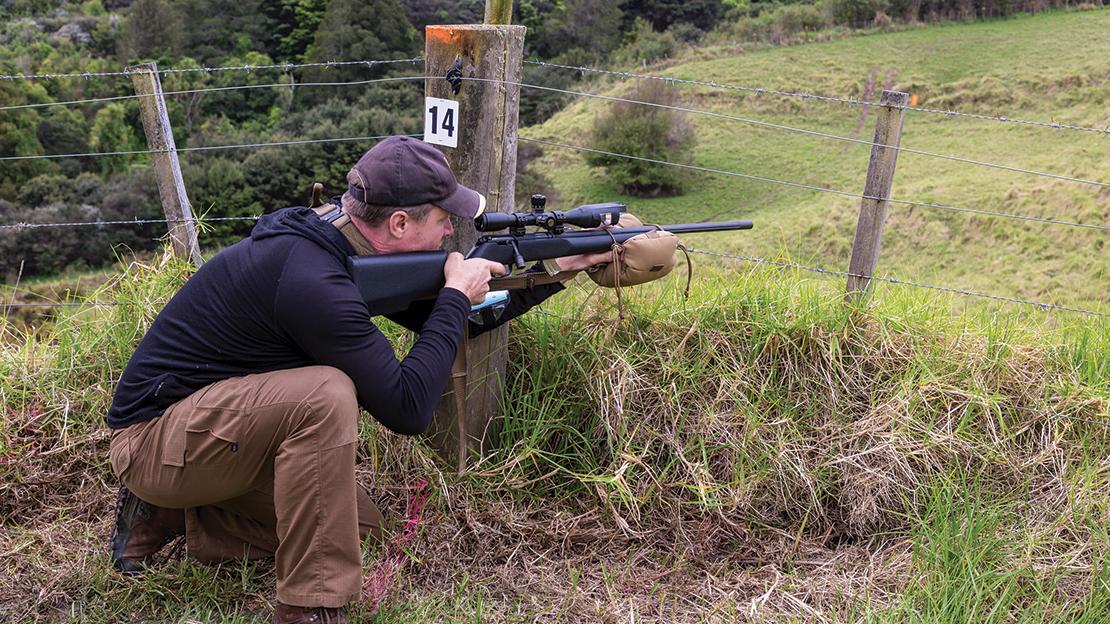
A Laser Pointer
People also seem to forget that where a firearm points doesn’t end a couple of metres from the end of the barrel. You need to be consciously thinking of where the bullet may end up, through the full extent of its flight path; being responsible for the bullet until it lands in its final resting place is conventional thinking.
This responsibility means that pointing the firearm up into the air, towards the general direction of a township over the ridgeline may not be the best option. It certainly means being aware of what’s happening over the other side of the firearms store in which you might be casually waving the firearm around while you look at the safety or finish of the stock. Even if it’s just come off a shelf, is brand new and quite obviously unloaded – most people (and indeed the staff) don’t like turning around and looking down the barrel of a firearm.
Think about a laser pointer – in fact, consider it a lightsabre – coming out the end of the barrel … that’s an excellent picture to keep in mind, especially when handling firearms indoors with people around. This image also helps with a mental cue to check where you’re about to sweep when you turn around; that’s another moment of inattention that trips people up. I’ve seen it often on the range – someone will pick the rifle up, turn around to walk away, and sweep the people to their side.
Beware Existing Habits and Training
Previous training can trip you up as can a shooter’s previous range experience. During firearms training, both in theory and the practical aspects, you can often spot someone with former (or current) military or law enforcement experience because they’ll steadfastly say the rifle needs to be pointed to the dirt. I take a moment at the beginning of the course to explain that the New Zealand Firearms Licence testing programme is based on the NZ Arms Code, which is a civilian document. In there, it doesn’t specify what direction, merely a safe one.
Shooting ranges all (should) have a Range Standing Orders (RSO) document. This document is a set of rules users need to follow and obey when using the range. The RSO will stipulate where a firearm is expected to be pointed when not in use. If you go to the North Auckland Deerstalkers, you’re expected to point the firearm to the ground. If you attend a shoot at the Auckland Deerstalkers – it needs to point to the sky. Can you think of a reason why that might be?
For those following along – yes – the Auckland Deerstalkers have a concrete slab as the floor of their range, while the North Auckland Deerstalkers have a dirt mound. Therefore, it makes sense at Auckland to point it upwards. The risk of a round going up into the sky and coming down on someone, while still there, is much smaller than the likelihood of injury due to firing a bullet into concrete and spraying everyone around with rock-like shards or the real possibility of a ricochet. This difference illustrates the need to weigh up the situation at hand and make appropriate decisions based on the changing environment.
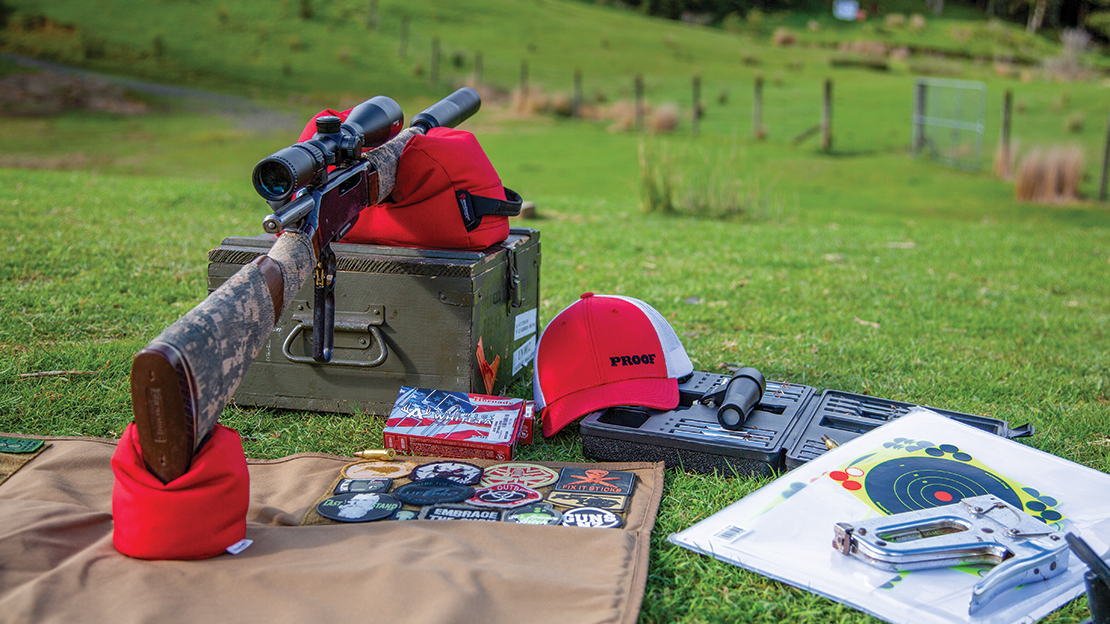
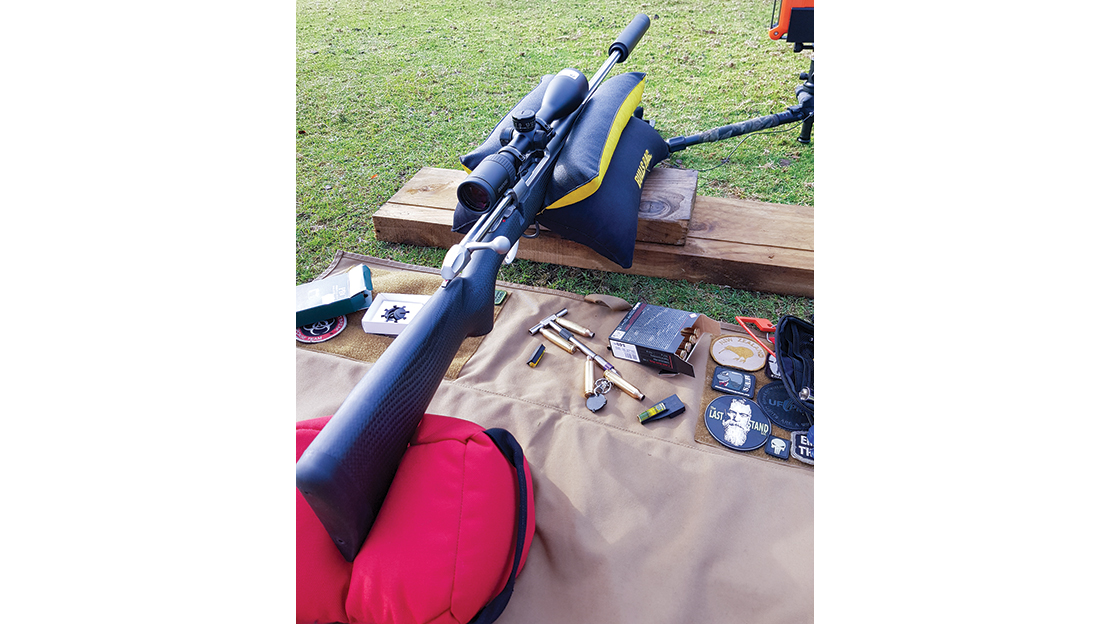
Flagging Yourself
Some also seem to excuse themselves from this rule. The shooter will happily rest their hands over the top of the barrel, or the shotgunner’s standard – resting the muzzle on the top of their foot. You regularly see this in photos on social media, and the best/worst example I’ve seen was the gentleman who did so at the safety briefing of a shooting match. Of course, as is often the case, he got indignant when the match director pointed this out to him, and as is also generally the case, the response was … yup, you got it: “But it’s empty!”
Shotguns
Shotguns are an interesting one. Most people will accept that even with a side-by-side or under-over broken open, it’s still bad form to point the barrel at someone. At that point, we all realise it’s unloaded, but a lack of muzzle awareness always makes plenty of people nervous.
I also point out it’s a bad habit to sling a shotgun (or a rifle) over your shoulder backwards so you cannot see where the muzzle is pointing; even when unloaded, you should be in control of the direction of your muzzle. Logically, that also means being able to see where and what it’s pointing at. ‘Behind you’ is a bit of an unknown. I have no problem with it over an arm, over your shoulder pointed forward or other permutations where you’re still in direct control of the direction of the muzzle of the firearm.
The one I’m trying to get my head around is in the world of competition skeet and trap shooters – where they often rest their firearms on their feet. There are even shoe protectors that have developed into specialised designs with studs or magnets to stop the shotgun from sliding off the end of the toes! This act (regarding acceptable practice) seems to be solely the realm of the break-open shotgun. Any 3Gun or IPSC shotgun shooter would be disqualified for the shoot if they did the same with a semi-auto shotgun!
I once asked one of our country’s top skeet shooters for her opinion on this practice; her response was that it was just something everyone did. I was interested to note that the moment I suggested it might be done with the shotgun broken open and rounds in the chamber, I was firmly reprimanded! Regardless, it’s not something I’d ever suggest you get into the habit of doing. Developing neural pathways that involve allowing yourself to flag your body doesn’t sit well with me. Shotgun, rifle, pistol – stick with one unified set of rules and keep things simple.
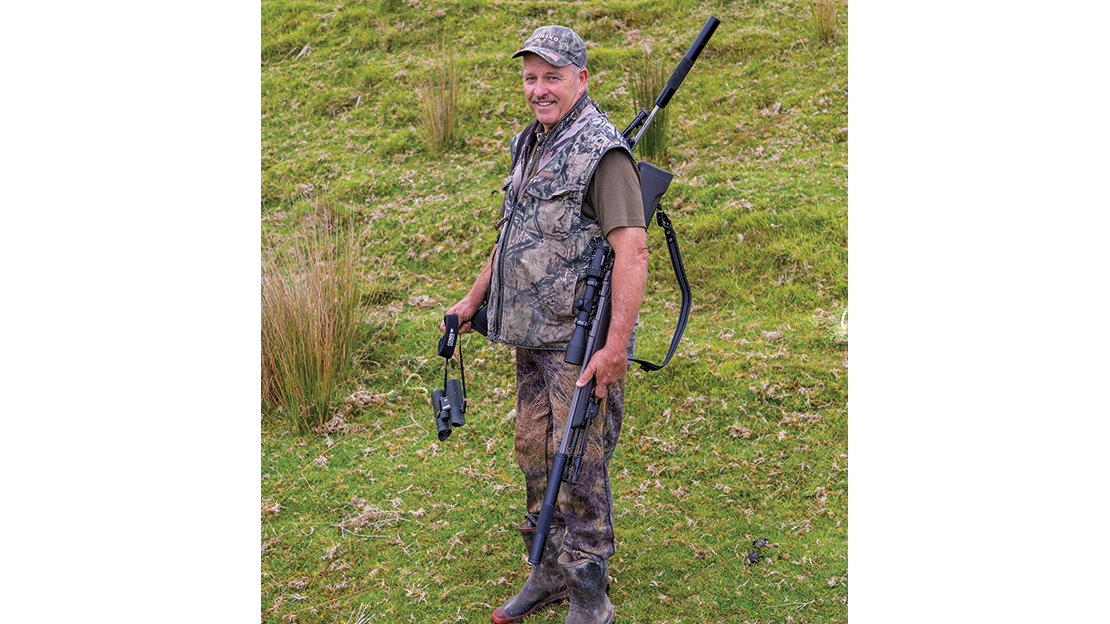
But It’s Unloaded!
Refer rule number one. Again. Gun safety rules don’t get waived even if a gun is empty. It doesn’t matter if it’s unloaded – we still treat it like it is. Following rules number one and two in tandem provides us with a redundancy – a fail-safe of sorts. Should you accidentally flag someone, you’ll not have your finger on the trigger … because you’re treating the firearm like it’s loaded. Should you for some reason not be aware of the state of your firearm, you won’t be pointing it at anyone, thereby reducing the likelihood of accidentally shooting them down very close to nil. I’m hesitant to say to absolute zero, as there’s a massive, massive difference between the two states, no matter how careful you are.
This factor becomes particularly important when fatigue sets in – such as at the end of a long day hunting or on the range; these times are when your better judgment might momentarily fail you. It’s better to have a couple of levels of safety going on rather than skirting the edge and pointing a loaded firearm towards someone.
Travelling in Groups
Hunting and other group activities involving multiple shooters and multiple firearms require awareness and careful management. I would suggest that only one person in a hunting party needs a rifle in a loaded (or action) state at any time. You could even consider saving weight and just have one firearm between two people. If not, then clear rules about the direction of fire and ‘rules of engagement’ need to be agreed – before you head out on your trip. We’ve all heard horror stories of people having animals shot at past them. From the guy in front hearing something behind them, or those in the rear seeing an animal and deciding they should take a shot because the lead hunter ‘obviously’ hadn’t seen it. Simple rule – if you’re shooting past your mates – don’t!
Direction here can also be a tricky one. It’s a valid idea to simply point your firearm behind you when you find yourself in the rear of the party – but, especially if heading down a track, be aware that someone else might be moving quicker than your party (like trampers) and walk up from behind you – onto the muzzle of the firearm. Sideways or up (slung) may be a better option here.
Talking of slung rifles – a sling is fantastic, but be aware that it comes with its own cautions; slings slip – especially if you’re focused elsewhere – and I’ve personally found myself looking down a muzzle when the guy’s slung rifle in front of me slid downwards off his shoulder. At the same time, he was distracted glassing animals in the distance with his binoculars. Slung rifles (and those strapped to backpacks) are also known to catch on low-hanging branches and bush – pulling the wearer and the gun backwards and potentially pointed towards someone. It happens, and the rifles should be unloaded in this state anyhow – but an awareness of the situation goes a long way towards preventing the occurrences.
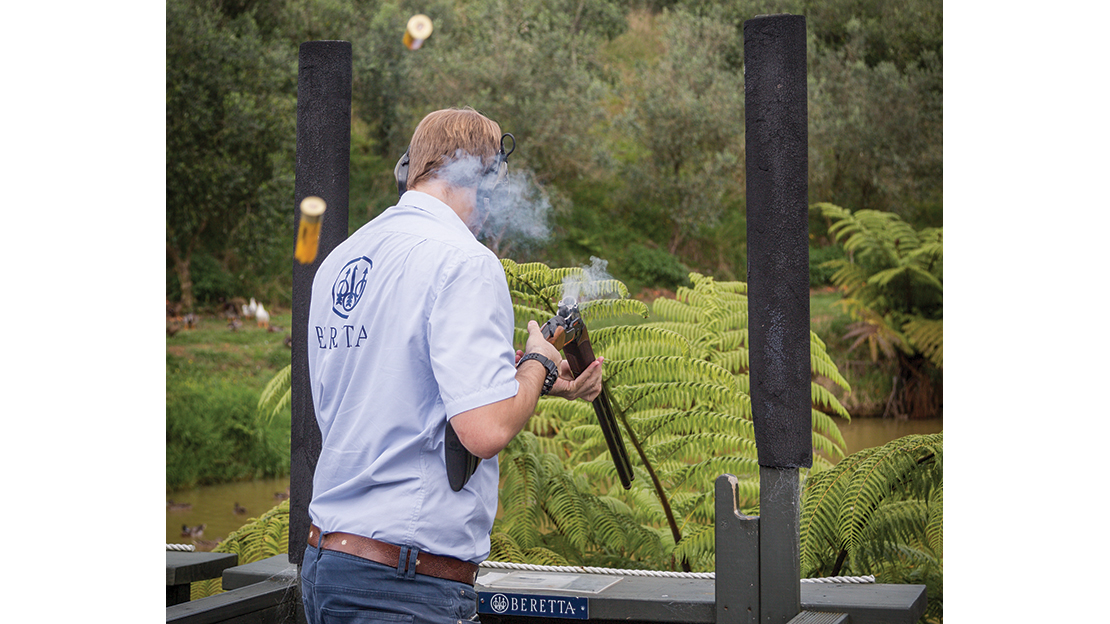
Gunsmiths and Cleaning
Of course, we also need to clean rifles, check out the crown, and do other tasks that sometimes literally include looking down the barrel of a firearm. Big person rules here. Check, double-check, get someone else to check, pull out the bolt, and then do what you need to do. You should (hopefully) still get a little nervous doing it – and that’s fine. I call it a healthy paranoia. Getting blasé around firearms is never a good thing.
It’s a Matter of Respect
If I get flagged by someone and they realise it and are immediately apologetic (and importantly, stop flagging me), that’s one thing. But when someone dismisses it or justifies it with some pitiful excuse … “It’s unloaded,” being the worst … then I find myself a little miffed.
It happens. While we should do everything we can do to not flag someone in the first place, it’s our attitude and approach to the whole subject that’s equally important. It’s not just something we do when there are range officers or grumpy old Kerry about.
At the end of the day, being aware of where your firearm is pointing and the repercussions thereof is a respect issue. Respect for yourself and those around you. Respect for safety. Respect for the set of rules that all of us, as licenced firearms owners, agreed to follow.
It’s both a literal code that we hold each firearms owner accountable to and also a social contract with everyone in New Zealand that we’ll be the fit and proper licence holders we’re deemed to be by the police and, by proxy, the New Zealand Government.
Read the full series on Firearms Safety here.

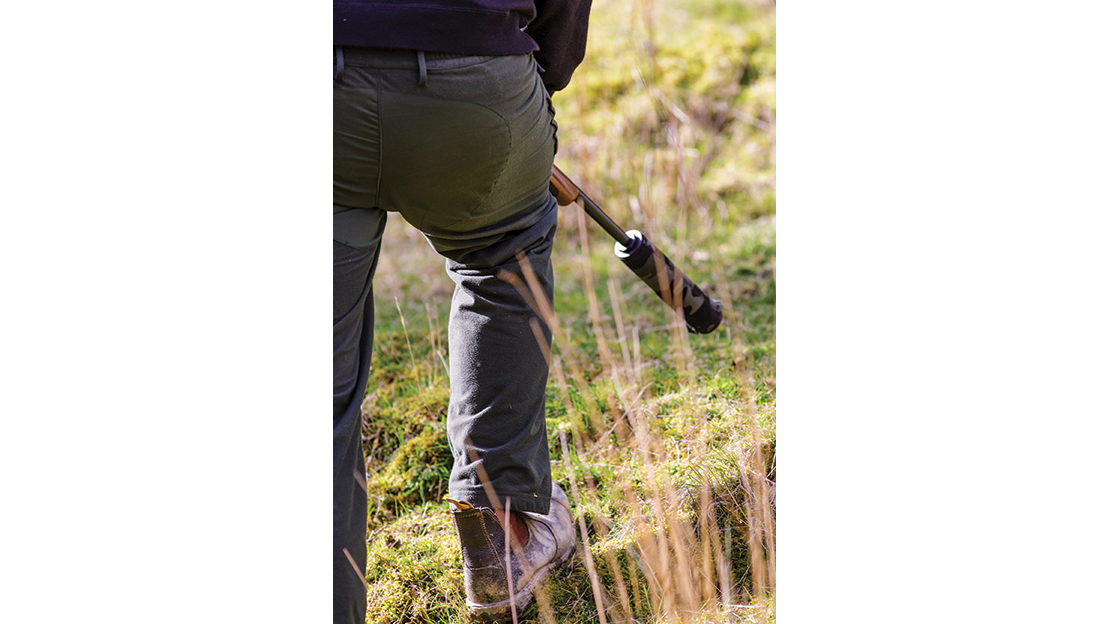
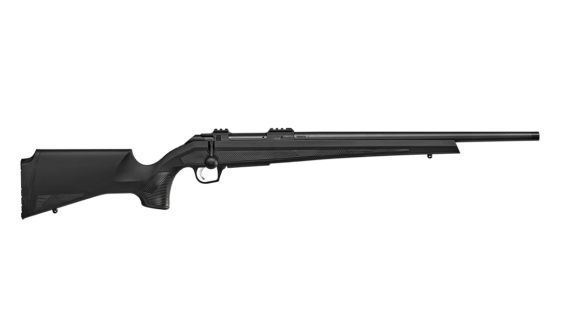
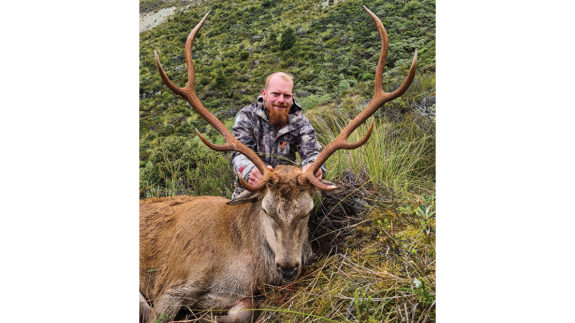

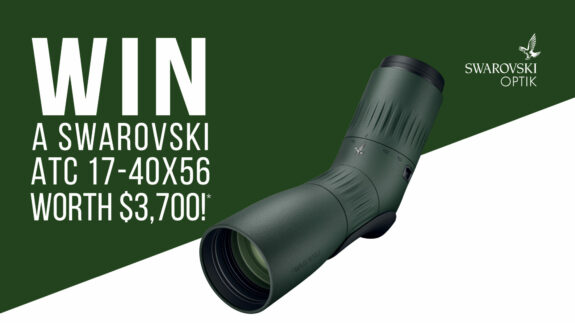
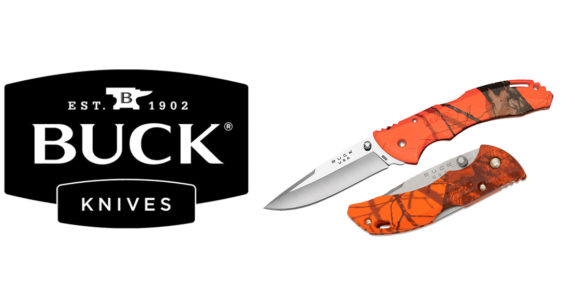
SHARE YOUR BEST PICS #NZRODANDRIFLE